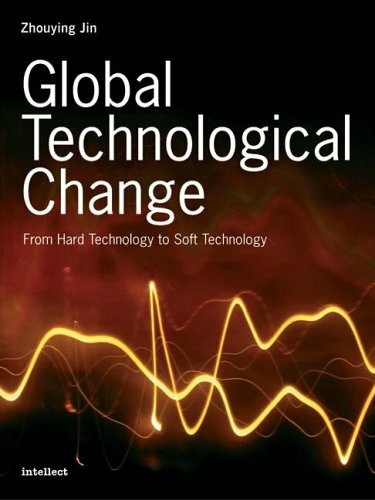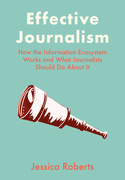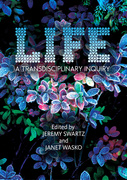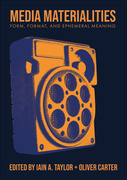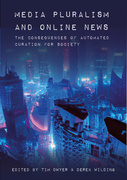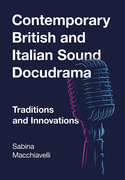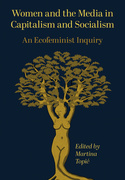Edition
Professor Jin's new book, Global Technological Change: From Hard Technology to Soft Technology, is a powerful re-conceptualization of technological options and innovation management, which can help steer societies in assessing technologies for the 21st century. As Zhouying Jin correctly points out: in emerging knowledge societies, the "soft" technologies are drivers of physical "hard" technologies. These soft technologies include management, organizational design, education for creativity and entrepreneurship, good governance, preudent regulation, patent systems, efficient banking as well as fostering systems of thinking, ecological and cultural balance. This book is a major intellectual advance that can help clarify human choices for decades to come.
(Hazel Henderson, Advisory Council Member, US Office of Technology Assessment, National Science Foundation, National Academy of Engineering (1974-1980); President, Ethical Markets Media (USA and Brazil); member, Club of Rome)
This volume indicates that the complex problems we are facing in the 21st Century can only be solved by a balance between 'yin-yang' environment, between hard technology (machine-centred) and soft technology (human-centred). This concept is invaluable as it conveys a new perspective of the assumptions about the relationships between technological innovation, institutional innovation as well as of the gap between the developed and developing countries at the turn of the millennium.
(Karamjit S Gill, Editor, AI & Society: Journal of Human-Centred Systems)
Zhouying Jin is a senior researcher and professor, Institute of Quanti-Economics & Techno-Economics of Chinese Academy of Social Sciences; Director, Center for Technology Innovation and Strategy Studies (CTISS) of Chinese Academy of Social Sciences. She also is president and founder for the Beijing Academy of Soft Technology.
Preface by Theodore Gordon
Acknowledgements
Introduction
Chapter 1: What is Technology?
Chapter 2: Historical Antecedents of Soft Technology
Chapter 3: Soft Technology and Technological Competitiveness
Chapter 4: Soft Technology and Innovation
Chapter 5: Soft Industries
Chapter 6: Soft Technology and the Fourth Generation of Technology Foresight
Postscript: The Principles for Development in the Twenty-first Century – Harmony, Balance, and Coexistence
'Professor Jin’s book, Global Technological Change: From Hard Technology to Soft Technology, is a powerful reconceptualization of technological options and innovation management, which can help steer societies in assessing technologies for the 21st century. As Zhouying Jin correctly points out: in emerging knowledge societies, the ''soft'' technologies are drivers of physical ''hardware'' technologies. These soft technologies include management, organizational design, education for creativity and entrepreneurship, good governance, prudent regulation, patent systems, efficient banking as well as fostering systems thinking, ecological and cultural balance. This book is a major intellectual advance that can help clarify human choices for decades to come.'
This volume indicates that the complex problems we are facing in the 21st century can only be solved by a balance between ‘yin-yang’ environment, between the hard technology (machine-centred) and the soft technology (human-centred). This concept is invaluable as it conveys a new perspective of the assumptions about the relationships between technological innovation, institutional innovation, as well as of the gap between the developed and developing countries at the turn of the new millennium.
This book is the most thoroughly comprehensive look at technology from a Western and Chinese perspective that I have ever had the privilege to read. The sweep of Prof. Jin’s examination is matched by the breadth of her scholarship. Her development of 'Soft Technology' as a concept which can bridge the divide between our planetary science and our cultural consciousness is a unique contribution to our understanding of the place where science meets awareness. Her work deserves to be studied in careful detail for the insight it might provide us, particularly in the West, of how to appropriately empower Eastern cultures to be fully equal global partners with the Western Industrial communities based upon Harmony, Balance and Equality.
This is an exciting book. Having spent some part of the past year in East Asia engaged in Technology Policy projects, it is clear that the Twentieth Century pattern of seeing China and the other 'Five Tigers' playing 'catch-up' with the West is now passe. Now the West will be hard pressed to keep up with China and the others, and it is highly useful to have a study which clearly presents a Chinese view of this dynamic dance of technologies... All in all, this is a fascinating and innovative look at the future of one of the world's largest economies.


